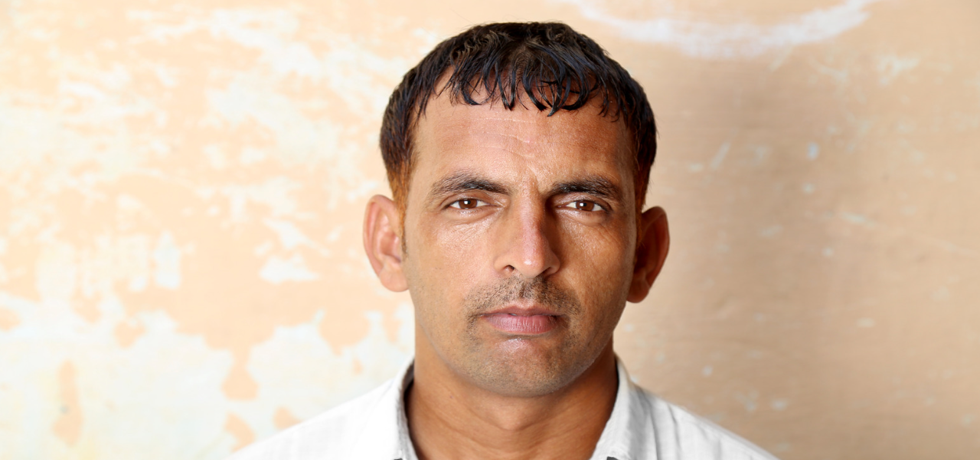
Understanding the Sun: UVA vs. UVB Rays Explained
Introduction to UV Rays
When it comes to caring for our skin, understanding the nuances of sun exposure is very important. The sun emits various types of ultraviolet (UV) rays, notably UVA and UVB, which directly impact our skin’s health. Often labeled on sunscreen products, these acronyms represent the two main types of UV radiation that arrive at the Earths surface. Knowing how these rays differ can help us protect our skin effectively and ensure a healthy appearance.
The Role of UVA Rays
UVA rays, which make up the majority of the UV radiation we encounter, are known for their long wavelengths, allowing them to penetrate deep into the skin. They primarily contribute to skin aging and wrinkles, a process known as photoaging. This long-term damage can alter the texture and appearance of your skin, often leading to premature aging. Additionally, UVA rays are present all day long, even when it is cloudy or you are indoors by a window. Its essential to be mindful that the tanning you may desire from UVA exposure is actually a response to skin injury, signaling that damage has occurred. To maintain healthy skin, a comprehensive sunscreen that specifically protects against UVA rays is crucial.
The Influence of UVB Rays
While UVA rays may dominate, one should not overlook UVB rays. They are responsible for triggering sunburn and play a significant role in the onset of skin cancer due to their potential to damage DNA in skin cells. The absorption properties of UVB rays are shallow, affecting mainly the epidermis, which is the skin’s outer layer. Interestingly, UVB also aids in vitamin D production, an essential nutrient for health. To protect against UVB, sunscreen should cover this spectrum as it varies in intensity based on the time of day and weather conditions, being strongest during midday.
Key Differences Between UVA and UVB Rays
The differences in UVA and UVB rays stretch beyond their names. Heres a breakdown:
- Wavelength: UVA has a longer wavelength (315-400 nm) and is known for deep penetration, while UVB is shorter (280-315 nm) and affects the surface layer.
- Presence: UVA rays are present throughout the day, penetrating clouds and glass, while UVB is most potent between 10 AM and 4 PM and does not penetrate glass.
- Impact: UVB rays cause sunburn and intense skin reactions, while UVA is more associated with aging concerns and deeper skin damage.
Educating oneself on these distinctions plays a critical role in establishing effective sun protection measures.
Strategies for Effective Sun Protection
To enjoy the sun and maintain your skins health, consider these actionable sun protection strategies:
- Choose Broad-Spectrum Sunscreen: Look for sunscreens designed to protect against both UVA and UVB rays. Apply generously both before and during sun exposure.
- Wear Protective Clothing: Clothing with a high Ultraviolet Protection Factor (UPF) rating along with wide-brimmed hats and sunglasses can greatly reduce exposure.
- Seek Shade: Especially during peak hours, keeping to shaded areas can minimize UV exposure.
- Avoid Tanning Beds: Steering clear of indoor tanning is essential as these devices emit UVA and UVB rays, increasing the risk of skin issues.
Incorporating these strategies regularly will significantly improve your sun safety routine.
Conclusion and Final Thoughts
By understanding the characteristics of UVA and UVB rays, you can take active steps to protect your skin. Implementing a robust sun protection strategy that includes broad-spectrum sunscreen, protective clothing, and safe sun practices will help keep your skin healthy and beautiful. Remember, effective sun care requires daily commitment, not just on sunny days. For personalized skin advice or treatments, you can reach out to experts who can guide you through tailored solutions for your unique skin needs.
Frequently Asked Questions
1. Can I get sunburned on a cloudy day?
Yes, UVA rays can penetrate clouds, and you can still experience sunburn even if it appears overcast.
2. Is a tan safe?
A tan indicates skin damage from UV exposure. It’s a sign that your skin is trying to protect itself, so it’s essential to prioritize sun protection.
Yes, UVA rays can penetrate clouds, and you can still experience sunburn even if it appears overcast.
2. Is a tan safe?
A tan indicates skin damage from UV exposure. It’s a sign that your skin is trying to protect itself, so it’s essential to prioritize sun protection.
For professional assistance and expert advice from leading dermatologists like Dr. Hital Patel, experience the benefits of understanding the sun with Hair & Skin Specialist Dr. Hital Patel at The Skin Artistry. Our clinics in PDPU Gandhinagar, Vastrapur Ahmedabad, and Hyderabad (Visiting Consultant) offer top-quality care and personalized treatments. Visit us today to learn more about our services and take advantage of our special offers! For more insights, updates, or to collaborate, stay connected with The Skin Artistry.

